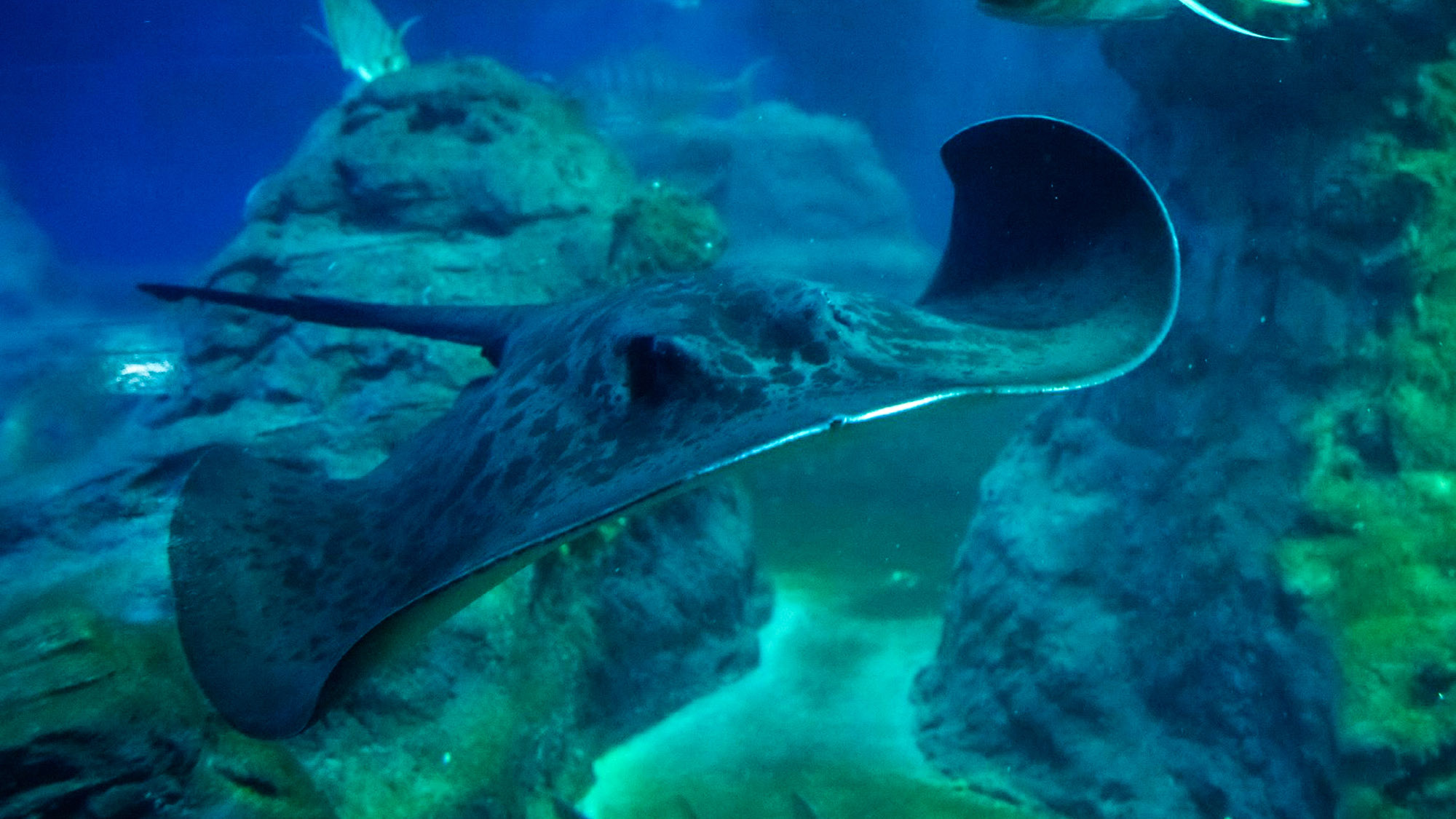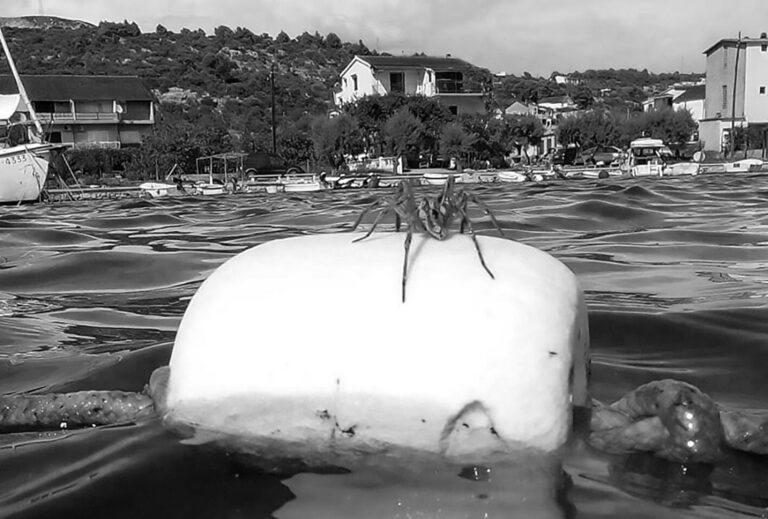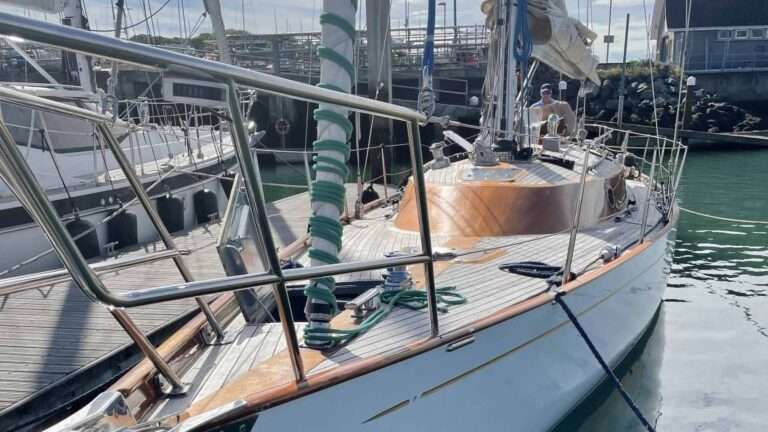Rare rays were born for the second time in the world and for the first time in Europe!
So far, only one birth of this species in the world has been documented – in Australia. Now Zoo Wrocław zoo boast of the offspring of round ribbon-tail rays. These are little-known and endangered stingrays that inhabit the Pacific Ocean.
Surprise in the Afrykarium.
On September 16, during the morning rounds, the keepers noticed a new baby in the rays’ nursery. There would be nothing unusual about it if it were a spotted eagle ray. But it turned out to be a fish from a completely different family of rays. The newborn was quickly identified as a round ribbon-tail ray, about 30 cm in diameter. It was easy to guess that if there is one, there are probably others as well, because there may be up to seven of them in a litter. A diver was sent into the Mozambique Channel tank that holds 3.5 million liters of seawater and found three more pups.

– When we caught the little rays and checked their condition, we were overjoyed. We waited 6 years for our rays to grow up and reproduce – says Jakub Kordas, aquarium manager at Zoo Wrocław.
The pups were moved to a smaller tank in the backroom to keep them safe and keep caretakers in control of their rearing. The first two weeks are crucial. Today, after this period, we can already speak of success – the rays are doing well, they have adjusted their menu by rejecting shellfish in favor of herring and mackerel, and even have learned to express frustration by “blushing” on the underside! They will be available for viewing when they grow larger and are independent enough to deal with neighbors such as other rays and sharks. Meanwhile, in the Mozambique Channel tank in the Afrykarium, you can admire the parents – Emilka, Halinka, and Veder.
A worldwide sensation.
The round ribbon-tail ray is a bottom-dwelling species found in the Pacific Ocean – from the coasts of Africa to Japan. It is a large stingray – an adult fish reaches 3 meters across and weighs up to 150 kg. It lives mainly in coastal waters and coral reefs. It is a species difficult to breed in captivity. The reason is not only the spectacular dimensions but also the environmental and nutritional requirements. Additionally, knowledge about the species is limited and professional literature is very scarce. As a result, the round ribbon-tail ray is not a common inhabitant of zoos and aquariums. In Europe, these rays are kept in only 3 gardens and no births have been reported up until now.
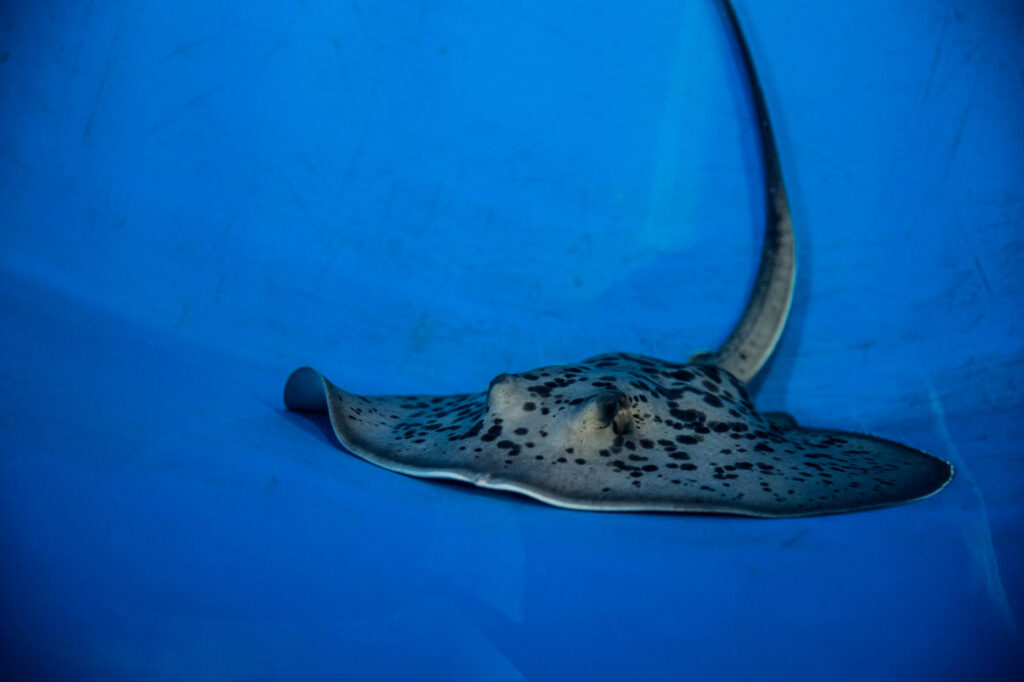
-In Wrocław we breed, consciously and by choice, many little-known and endangered animal species. This is our contribution to the protection of biodiversity on Earth. Already in the design phase of the Afrykarium we took into account a place for these large rays. We knew it was a challenge, but it was important. Thanks to our observations, we learn more and more about this species and share it with other gardens. And the birth of the pups is a milestone and a global sensation. Professional literature previously noted only one case of successful breeding of this species in captivity, in Australia – says Radosław Ratajszczak, president of the Wrocław zoo.
A victim of the seafood popularity and climate change
The round ribbon-tail ray (Taeniura meyeni) is a species with a wide range of occurrence in the natural environment, but it is little known. Life expectancy, mating habits, and even population size remain unknown. However, we know it likes sandy seafloors and the vicinity of coral reefs where it finds food. Based on declining life estimates in the Pacific Ocean, IUCN reports that this species has declined by at least 20% over the past 20 years. The main reason is people’s passion for seafood. According to data from all over the Pacific Ocean, these rays get entangled in nets and die. They are a so-called bycatch, killed and dumped as a by-product.
Another reason for their extinction is climate change, the symptom of which is the disappearance of their main habitats – coral reefs.
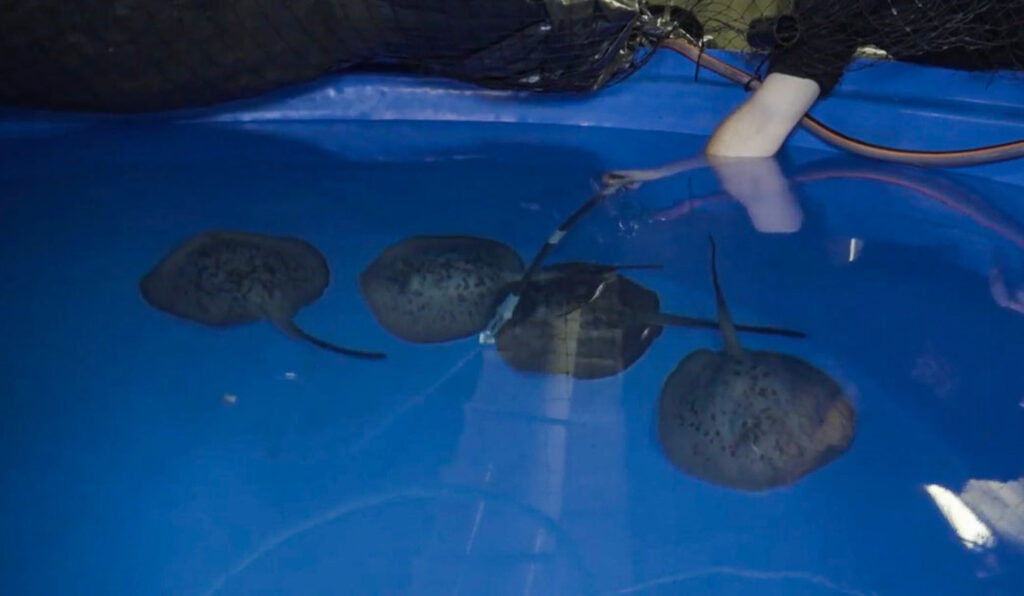
Newborn round ribbon-tail rays being fed in the ZOO Wroclaw in Poland. 
Around ribbon-tail ray being fed in the ZOO Wroclaw in Poland.
To find out more about the author, editor or agency that supplied this story – please click below.
Story By: Joseph Golder, Sub-Editor: Lee Bullen, Agency: Newsflash
The Ananova page is created by and dedicated to professional, independent freelance journalists. It is a place for us to showcase our work. When our news is sold to our media partners, we will include the link here.

